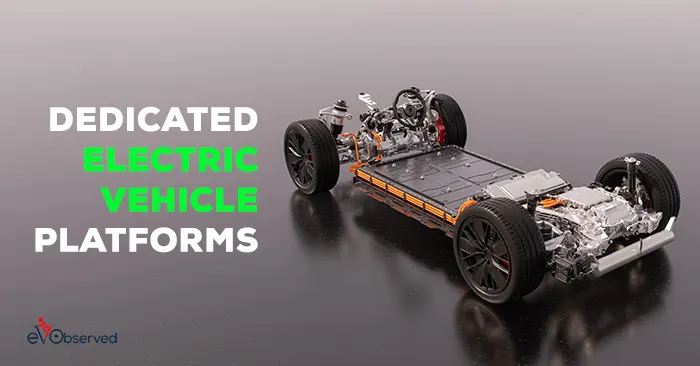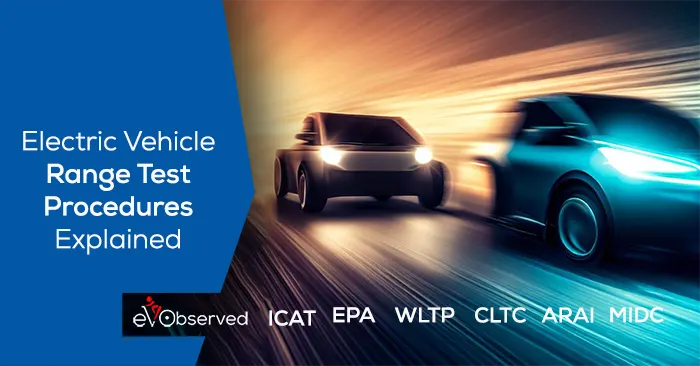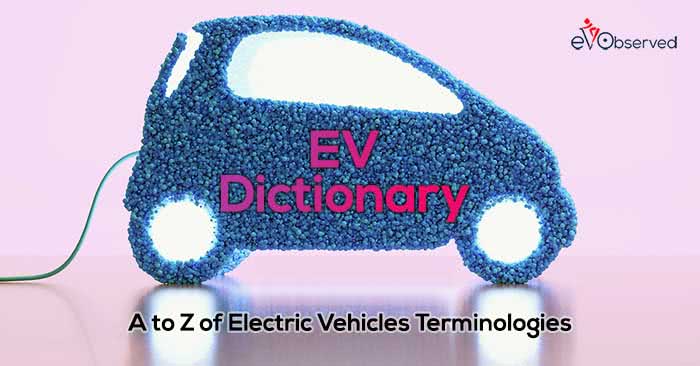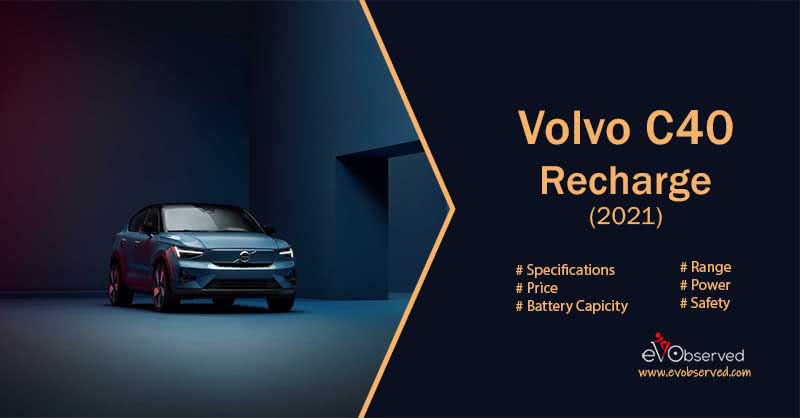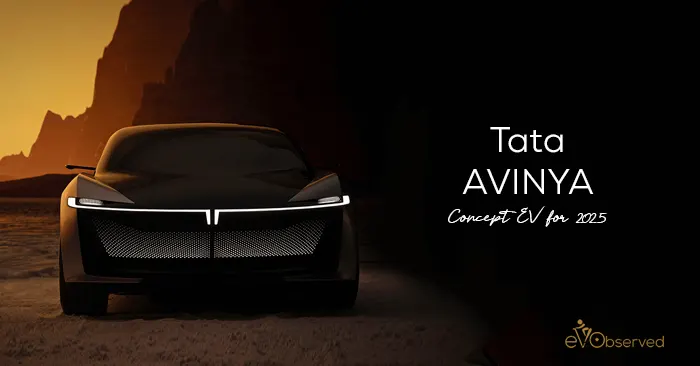History of Electric Vehicles : Electric Cars are much older than Tesla and other Electric Vehicle Companies or manufacturers that you can think of. Started in the 1800s with small model vehicles operating on early models of Electric motors, which were driven by Fuel cells or Batteries, now about 100+ companies are manufacturing electric vehicles which have passed a limit of 5 million + vehicles Worldwide. There are a lot of companies worldwide but Tesla remains the major market holder of Electric Vehicles due to its high range and luxurious vehicles.
☛ What You will Read here
Start of the Electric Vehicle Revolution
The birth of an electric Vehicle was a collection of different events starting from the earlier models vehicle being made to the first running electric locomotive made. If there is a book about Electric Vehicles History, it will say First Electric Vehicle was born in 1828 when Ányos István Jedlik(father of Electric Motor) who was a Hungarian Physicist cum Engineer built an Early model of the first electric car running on a DC Current motor made by him.
Later on in 1834, a blacksmith from the Vermont Region of the United States developed a battery-operated Electric Motor which he used to operate the vehicle on a Circular track. Later on, Robert Davidson, a Scottish chemist from Aberdeen, Nort-East Scotland built the first running Electric Locomotive in 1837. This Electric Locomotive was fueled by the Galvanic Cell battery.
Also Read: How EV Charging Stations Work? Know Everything Here
It didn’t stop him there, but later on, in 1841 he made a bigger locomotive and named it “Galvani” after the name of Italian Scientist Luigi Galvani. Weighing about 7 Tons, Galvani was an Electric Locomotive that was driven by the two Direct Driven Reluctance Motors and fueled by a Zinc-Acid battery. It was capable of carrying a load of up to 6 tons at a speed of 4 mph for a distance of 1.5 miles on a single run, but due to its low battery efficiency, it was never allowed to run commercially.
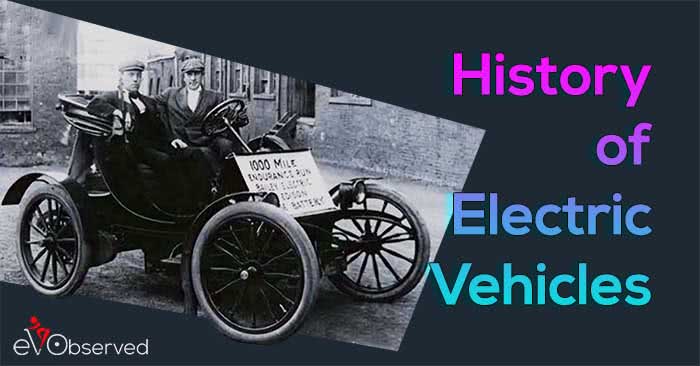
The battery remained a big issue at that time, but a French Physicist named Gaston Planté solved this problem in 1859 by developing the first rechargeable Lead-Battery. Since the Lead-Acid battery offered more safety and better output so in 1881, he used it in his Electric Tricycle which was World’s first Practical Human carrying Electric Vehicle. But later on, an English Inventor named Thomas Parker built the first production Electric Vehicle under the company named “The Elwell-Parker Company”.
The Car had a better Motor Design, an improved lead-acid battery, and a good output which made it a huge success and let the Electric Construction Company(merger of Elwell-Parker company with others) have a monopoly in the electric manufacturing market at that time. After that, in 1888 a German Inventor named Andreas Flocken build Flocken Elektrowagen which is considered to be the World’s First Real Electric Car.
Also Check: 4 Types of Electric Vehicles : Know the Difference Here!
Flocken Elektrowagen weighed 882 lbs and was able to deliver 1 hp output at a maximum speed of 9mph. The development of electric vehicles was all the way going outside(mainly in Europe) the US, but between 1890-91, a Scottish Chemist named William Morrison with his fellow Mechanical Engineer named Dr. Lew Arntz built America’s first practical Electric Vehicle in Des Moines, Lowa. The vehicle was able to carry 12 peoples at a time and was able to attain a maximum speed of 20 miles per hour and cruise at a speed of 14 miles per hour.
IC Engines – The Fall of Electric Vehicles
In 1876, the IC engine was developed by Nicolaus Otto and after the development of the IC engines, Karl Benz in 1885 came up with the first commercially available IC engine-operated car(which later on led to the setting up of a company named Mercedes).
These IC engines operated cars were fast and delivered more power than Electric vehicles, so to tackle the low range of Electric Cars, a trend of battery exchange started in the early 1900s.
In 1901 Thomas Edison invented a nickel-iron rechargeable battery that was capable enough to power a simple drive motor, that’s why many of the first automobiles on the roads were battery-powered, not gasoline.
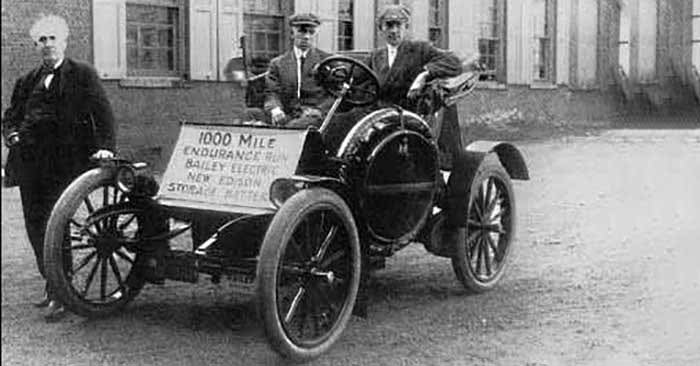
Between the period 1900-1915, approximately 1 / 3rd of all cars were battery-powered, with electric vehicles dominating inner-city transit. During the same time period, New York taxi services were operated almost exclusively by battery-powered vehicles.
Also Check: Tesla Model 3 : What is new in 2021 Model?
The Batteries were improved and the design of the care was made in such a way to ensure the exchanging of batteries remain possible. Since the beginning of the 1900s, Henry Ford was experimenting with gasoline vehicles and succeeded in making them, but in 1908 he was able to produce Model T under the Ford Motor Company which was the first IC engine operated vehicle that broke the sale records.
The Model T was easy to drive and manage, also the cost of gasoline was very low at that time. The IC engine cars were much cheaper than the Electric cars and did not have the problem of recharging, but there were some problems with them such as difficulty starting them, etc.
Despite these problems, the IC engine cars started to gain a reputation in the early 20th century and there was a sudden decrease in the manufacturing and use of electric cars. Electric vehicles were then only limited to very few areas such as Forklifts and Golf carts. The production of Electric vehicles was almost stopped due to the increased market share of ICE vehicles.
History of Electric Vehicles : Rise of Electric Vehicles
With the advancements in IC engine technology, gas-operated vehicles were favourite among the people, but with their increased demand, the prices of fuel were also increasing. it is clearly observed in the History of Electric Vehicles that apart from the increase in fuel prices, there was a major problem of Environment pollution which was increasing day by day. These factors compelled the government to make laws to promote the use of electric vehicles.
In the 1950s Henney Coachworks and the National Union Electric Company jointly produced a new commercial EV named Henney Kilowatt which used some parts from the French car named Renault Dauphine. The car was available in 36 volts and 72 volts variants while the 72-volt variant was able to run at the top speed of 60 mph for an hour at a single charge.
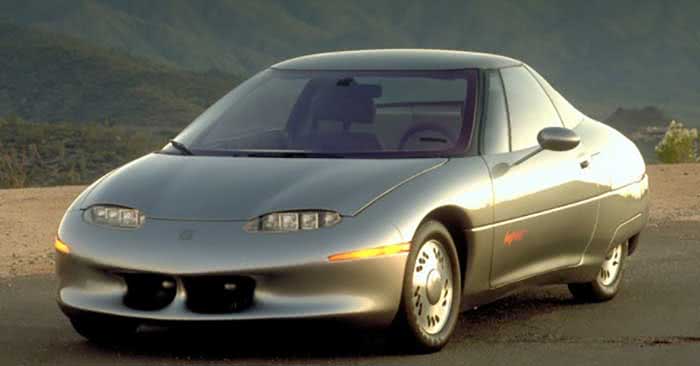
This vehicle was too expensive and inefficient but it again started a spark for the rising trend of Electric vehicles. Later on, General Motors revealed their concept cars and promised to manufacture them, but in 1996 they unveiled their first Electric Vehicle named EV1 which was set for mass production and lease between 1996-1999. In 1997, Toyota Launched Prius in October 1997 in Japan and worldwide in 2000, which made it secure a place among the best selling Hybrid EVs of that time.
As Electric Vehicles History suggest, After that, in 1999 Honda came up with a 2 door Hybrid car named Insight which was also among the best-selling Hybrid vehicles of that time in the United States. A lot of companies were entering into the field of electric cars because of the increasing trends and availability of modern technologies such as MOSFETs, Large Scale Integration technologies, Improved batteries, etc.
The entry of Big Player
In 2003, Tesla, which is considered to be a big player in the Electric Vehicle market was founded and the majority part of the company was founded by Elon Musk. In 2004, Tesla started the development of their flagship vehicle named Roadster and it was completed and delivered to customers in 2008.
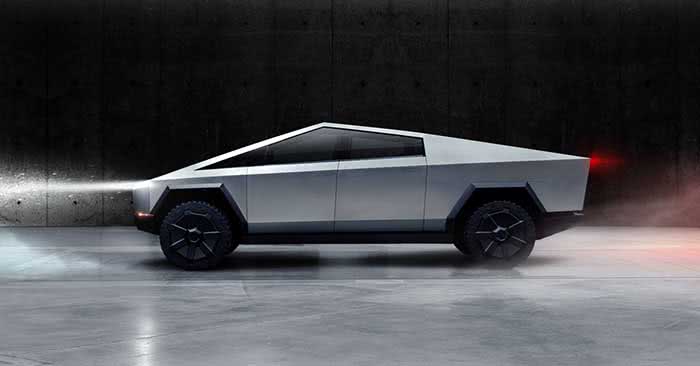
It was the World’s first EV to deliver a high range of 200 miles on a single charge. The high range and Luxury of this car made it the best EV of that time. Now Tesla delivers vehicles with High Range, More Power, and Safety to its consumers at a higher rate. Tesla has also designed Electric Trucks which will go on production in 2021.
Other big names such as General Motor’s Hummer, BMW, Mercedes, Porsche, etc have also started to shift into the market of electric vehicles. Some companies like Hummer are trying to make a comeback to the Automobile market through the Electric vehicle segment.
Considering the problems associated with Traffic, vehicle manufacturers shifted from Electric Cars to other Personal Electric Vehicles such as Electric bicycles, Electric Bikes, Electric Scooters, Hoverboards, etc. These Personal electric vehicles are affordable and also offer a high range at a single charge.
Must Read: Upcoming EVs : Every Electric Vehicle Coming Soon
Earlier Electric Vehicles vs Modern Electric Vehicles
The history of Electric Vehicles is amazing, Electric Vehicles of 19th and 20th century were the earlier models which proved to be the base of modern vehicles but those vehicles had too many flaws as compared to the modern vehicles. Earlier Electric Vehicles were not able to offer a large range due to the less battery capacity but with the introduction of Lithium-Ion batteries, vehicles are now able to offer hundreds of miles of range on a single charge.
The invention of FET(Field Effect Transistors), MOSFET(Metal Oxide Silicon Field Effect Transistors), Integrated Circuits paved a way for safer and better electric vehicles. Apart from high range, modern electric vehicles offer features such as Regenerative Braking(Recharging of Battery while Braking), Fast Charging(modern EVs can be charged in less than an hour with the help of a fast charger), etc and All these features of modern vehicles offer a better driving experience.
Important Link: Electric Vehicle News | Electric Vehicle Blog | EV Observed
The best feature about modern EVs is their High torque output and fast charging which made Electric trucks and buses possible.
Electric Vehicle History also shows us that Like every other invention, the Birth and advancement of EVs can not be linked to a single event. The modern world’s fastest EVs are a result of step-by-step invention and accumulation of things like Motors, Battery, Bicycle, Wheel, Integrated Circuits, Design Implementation, etc.

